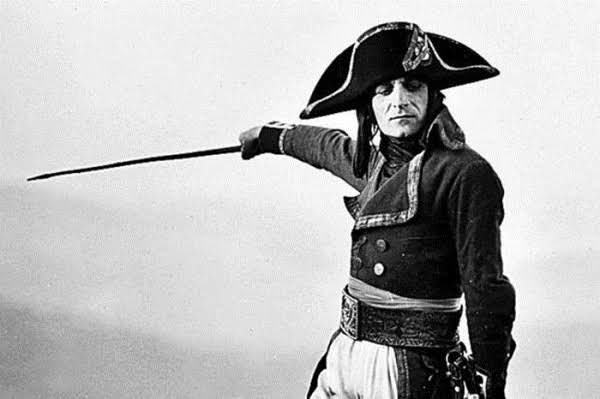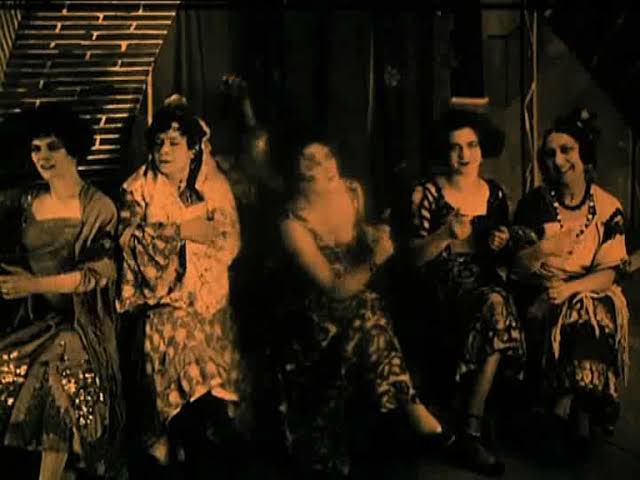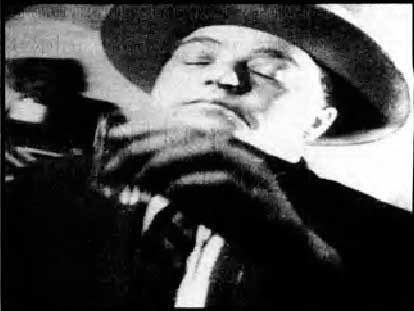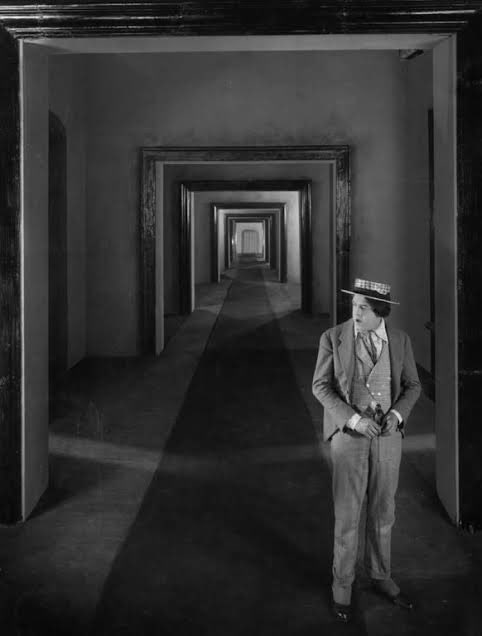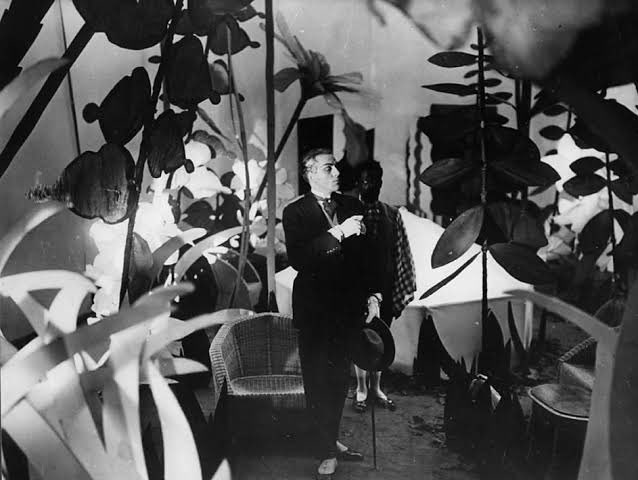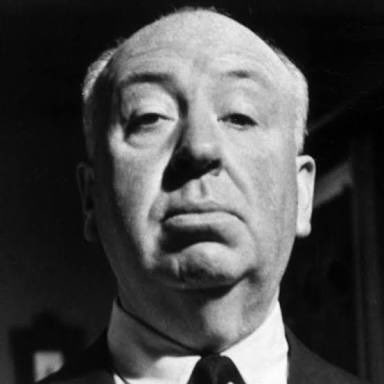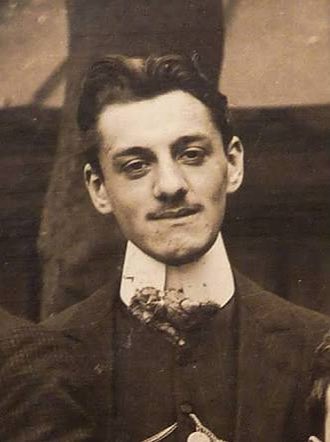THREAD — MOVEMENTS — FRENCH IMPRESSIONISM
Post-war France, Hollywood films invaded the French cinemas, the French film industry is falling. This crisis allowed a generation of filmmakers to produce a trend of films, establishing the first film movement; French Impressionism.
Post-war France, Hollywood films invaded the French cinemas, the French film industry is falling. This crisis allowed a generation of filmmakers to produce a trend of films, establishing the first film movement; French Impressionism.
French Impressionist Cinema is an avant-garde film movement lasting approximately from 1918 to 1929.
But what’s a film movement?
But what’s a film movement?
A film movement is a wave of films usually following a particular trend in cinema of the time. Most movements in cinema are regional but influence world cinema. These films have cultural origins usually influenced by national tragedy, popular culture, or social issues.
Every film movement has its own theories & characteristics including narrative, mise-en-scene, camera work, editing and other aspects of filmmaking.
Impressionists believed that cinema gives us access to a realm beyond everyday experience. It shows us the souls of people & the essence of objects.
They also believed that emotions, rather than stories, should be the basis for a film & from this idea they argued that a film form should be based on visual rhythm. because it offered a way to emphasize the characters’ reactions to story action rather than on the action solely.
For the impressionists ‘photogénie’ was the basis of cinema, it means that “each thing in the world knows another existence on screen”.
It is a property that cannot be found in "reality" itself, a camera that is simply switched on does not record it, and a filmmaker cannot simply point it out. However, they lacked a theoretical and philosophical base upon which these notions rest.
Now, we’ll start examining the filmmaking & narrative techniques used by impressionists to convey there theories.
NARRATIVE
• Conventional melodramas.
• Characters in emotion-laden circumstances. • A situation may trigger memories, which kead to flashbacks or may inspire visions of character’s desires. • Narratives depend mainly on psychological motivations.
• Conventional melodramas.
• Characters in emotion-laden circumstances. • A situation may trigger memories, which kead to flashbacks or may inspire visions of character’s desires. • Narratives depend mainly on psychological motivations.
CAMERA DEVICES
Optical devices, to enhance the image by making it more beautiful or striking.
Here in ‘Rose-France’ an elaborate mask divides the frame into three images, centering the heroine as if in a traditional triptych painting.
Optical devices, to enhance the image by making it more beautiful or striking.
Here in ‘Rose-France’ an elaborate mask divides the frame into three images, centering the heroine as if in a traditional triptych painting.
Superimpositions may convey a character’s thought or memory.
For example this superimposition of the sea suggests mental turmoil.
For example this superimposition of the sea suggests mental turmoil.
Filters placed over the lens may suggest subjectivity, usually without the shot being taken from the character’s POV.
This filter in ‘El Dorado’ creates a subjective effect, as the heroine is thinking of her ill child she’s blurred from the surrounding.
This filter in ‘El Dorado’ creates a subjective effect, as the heroine is thinking of her ill child she’s blurred from the surrounding.
Distortions using curved mirrors could create POV shots or subjectivity.
Here in ‘El Dorado’ this shot conveys a man’s drunkenness subjectivity.
Here in ‘El Dorado’ this shot conveys a man’s drunkenness subjectivity.
Camera movements suggests POV or subjectivity.
In this shot from ‘Cœur Fidèle’ the camera is mounted on the swing so that the background whirls past as the couple is still.
In this shot from ‘Cœur Fidèle’ the camera is mounted on the swing so that the background whirls past as the couple is still.
MISE-EN-SCÉNE
• Lighting objects to enhance their photogénie. • Shooting through textured curtains to enhance a shot’s photographic effect. • Striking settings, by employing modernistic décor and filming in real locations.
• Lighting objects to enhance their photogénie. • Shooting through textured curtains to enhance a shot’s photographic effect. • Striking settings, by employing modernistic décor and filming in real locations.
EDITING
Beginning in 1923, editing became a crucial part for the impressionists. Using fast cutting to convey character’s anxiety.
Beginning in 1923, editing became a crucial part for the impressionists. Using fast cutting to convey character’s anxiety.
Major impressionist directors:
- Abel Gance - Marcel L’Herbier - Louis Delluc - Jean Epstein - Germaine Dulac - Jacques Feyder - Jaque Catelain - Alexandre Volkoff - Albert Dieudonné - Dimitri Kirsanoff - Jean Renoir
- Abel Gance - Marcel L’Herbier - Louis Delluc - Jean Epstein - Germaine Dulac - Jacques Feyder - Jaque Catelain - Alexandre Volkoff - Albert Dieudonné - Dimitri Kirsanoff - Jean Renoir
One of the most important directors influenced by French Impressionism is Alfred Hitchcock. His 1927 film ‘The Ring’ could pass as an impressionist film.
The movement is also often credited with the origins of film criticism and Louis Delluc is often cited as the first film critic.
Cine-clubs were also formed by filmmakers and enthusiasts, which screened hand picked films: select American fare, German and Swedish films, but most often films made by the members of the clubs themselves.
Late in the decade, several factors contributed to the movement’s decline. The changes that occurred in the French film industry made it difficult for the impressionists to retain control over their own work.
What contemporary films do you think are influenced by the French Impressionist Movement?
End of Thread.

 Read on Twitter
Read on Twitter


